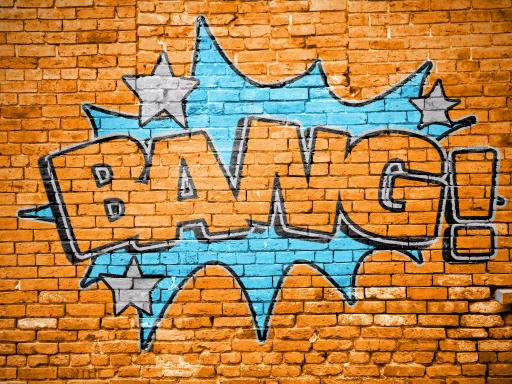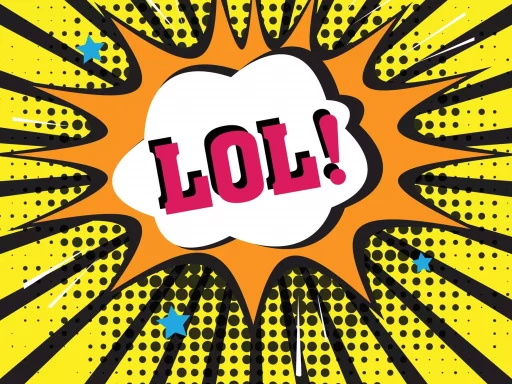Introduction to Ratio Slang
In the evolution of digital communication, the term “ratio” has emerged as a popular slang term primarily rooted in social media, particularly Twitter. While its inception lies in mathematical terminology—referring to the quantitative comparison of two numbers—it has morphed into a new dimension in online interactions. For many users, it represents not just a metric of engagement but also a powerful rhetorical tool.
What Does “Ratio” Mean on Social Media?
In the context of social media, particularly on platforms like Twitter, to “ratio” someone means to respond to their tweet in a way that generates significantly more engagement—likes, retweets, or replies—than the original tweet. It indicates that the comment or response has resonated more with the audience than the tweet itself, often suggesting a rebuttal or a counter-point to an argument.
Why Has Ratio Slang Gained Popularity?
The rise of ratio slang can be attributed to several factors:
- The Nature of Viral Content: Tweets that are witty, ironic, or humorous often receive more traction than the original posts they respond to.
- Political and Social Discourse: In the heated realm of political conversations on social media, ratios are often used to discredit opposing views.
- Generally Perturbing Figures: When someone’s statement is unpopular or misguided, the subsequent ratio serves as a public condemnation.
Examples of Ratio in Action
To illustrate the application of ratio slang, here are a few hypothetical scenarios:
- Example 1: A politician tweets their stance on a controversial policy. A user comments with compelling data and cites expert opinions, receiving significantly more likes and mentions than the original tweet.
- Example 2: A celebrity makes an outrageous statement regarding a social issue, and the community responds with a well-researched thread that goes viral, effectively overshadowing the original statement.
- Example 3: An influencer posts a questionable opinion on beauty standards, which is met with a slew of critical replies, leading to a trending hashtag that rallies against those standards.
The Impact of Ratio on Conversations
The impact of ratio slang can be profound, often steering the direction of discussions. A significant ratio can:
- Change Public Perception: A strong rebuttal can shift the audience’s perspective on an issue.
- Drive Trends: The ratio can lead to virality, creating movements or trends across social media.
- Encourage Discourse: It can lead to healthier, more critical discussions rather than one-sided arguments.
Case Studies: The Power of a Good Ratio
Here are two case studies illustrating the effects of ratio slang:
Case Study 1: The Viral Tweet
A viral tweet by a public figure received overwhelming backlash after claiming that a well-known social issue was exaggerated. The subsequent ratio came from an activist who posted a series of data-rich threads showing the statistics behind the movement. The ratio garnered 20,000 retweets and 50,000 likes, completely eclipsing the original post’s engagement.
Case Study 2: The Political Debate
During a political debate on Twitter, a candidate made a controversial claim about economic policy. Responders quickly followed up with fact-checked evidence and real-life implications of such policies. The ratio garnered an impressive following, with responses outshining the original tweet’s engagement by a ratio of 10:1, highlighting the necessity of informed discourse in digital platforms.
Statistics on Social Media Engagement and Ratio Effects
Understanding how ratio impacts engagement metrics can be revealed through data:
- According to a study by Pew Research, 70% of social media users aged 18-29 engage in comment sections, indicating a large audience for ratios.
- Social media analytics firm Sprout Social indicates that posts that receive a supportive ratio can increase the visibility of a tweet by up to 80%.
- The engagement rate of a tweet that gets ratioed can be significantly higher, often leading to retweets that gather vast audiences resulting in an exponential increase in reach.
Conclusion: The Future of Ratio Slang
Ratio slang has woven itself into the fabric of modern digital communication, redefining how we engage in discussions online. As social media continues to evolve, it’s likely that terms, styles, and strategies like ratio will also adapt and grow in significance. Understanding the implications of such language can empower users to navigate these discussions more effectively and challenge the norms of public conversation.






